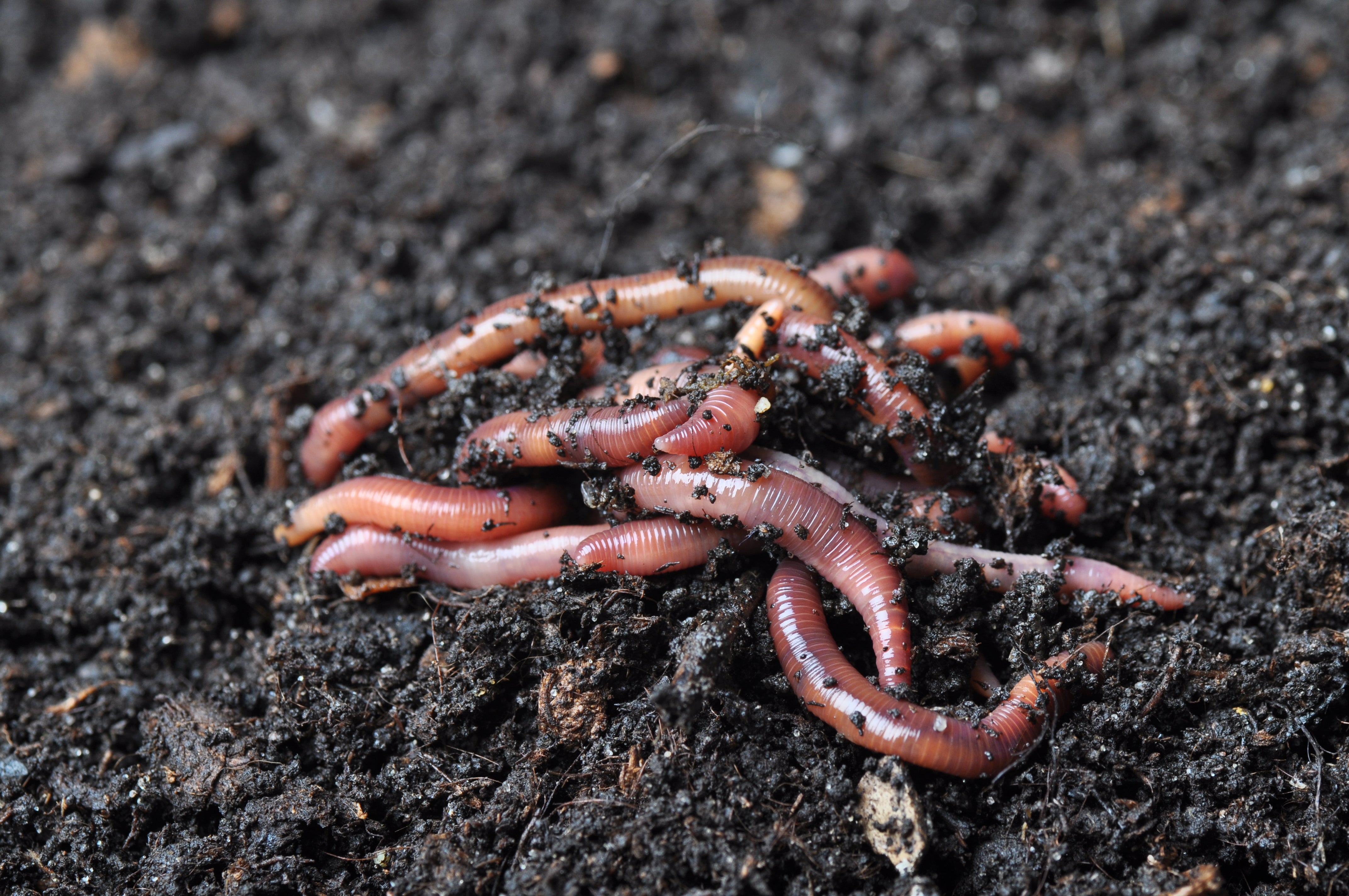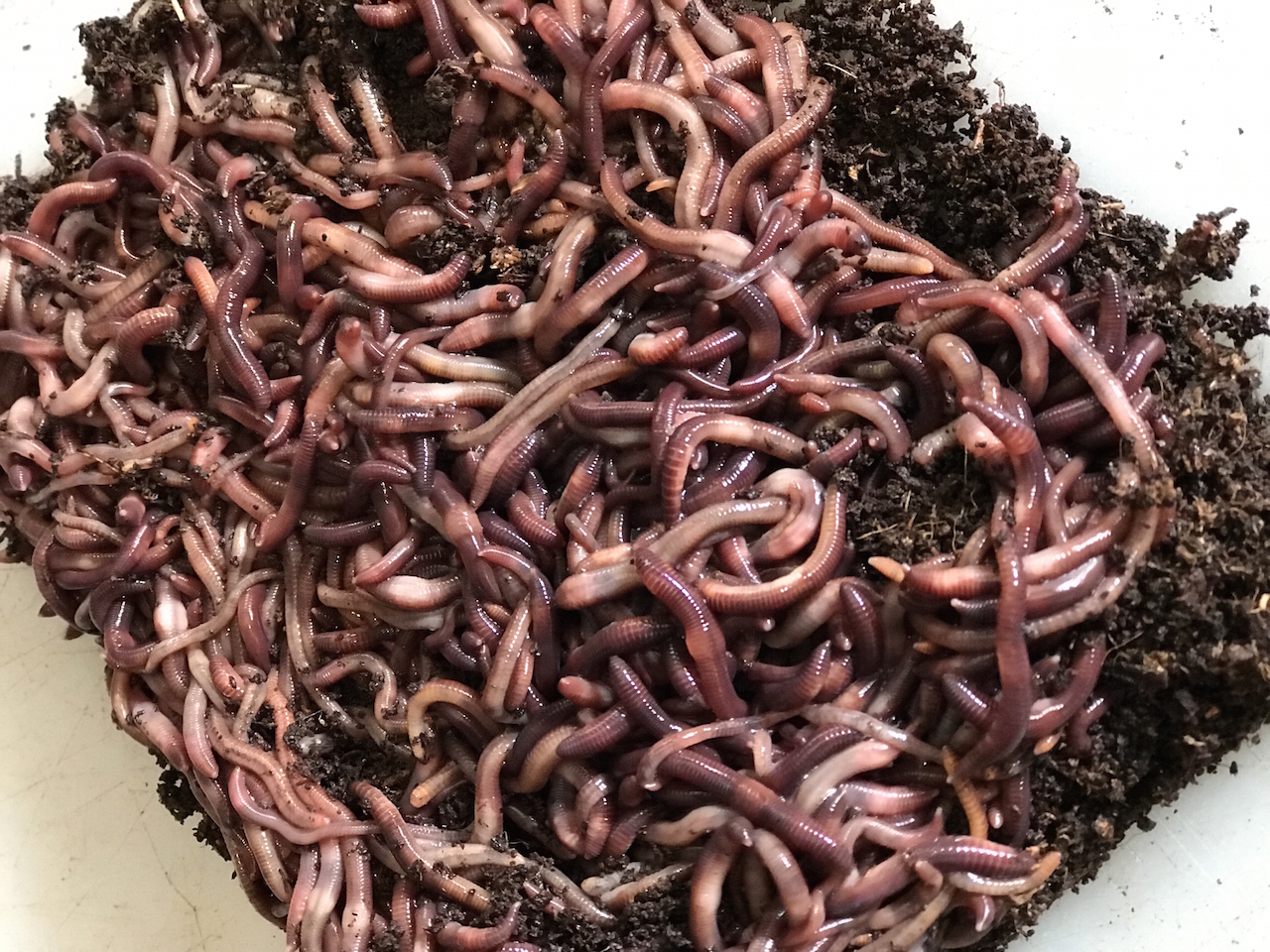Red Wiggler Express: Reliable and Trusted Worm Delivery Services
Red Wiggler Express: Reliable and Trusted Worm Delivery Services
Blog Article
Red Wigglers 101: Whatever You Need to Know for Thriving Gardens
Red wigglers, or Eisenia fetida, play a vital role in sustainable gardening practices, offering as efficient decomposers that convert organic waste right into useful vermicompost. Understanding their environment, nutritional preferences, and the myriad benefits they supply can transform your gardening approach.
Understanding Red Wigglers

Red wigglers grow in settings abundant in organic product and dampness. Red Wiggler Express. They have an unique digestive system that permits them to process food scraps swiftly, excreting castings that are loaded with essential nutrients such as nitrogen, phosphorus, and potassium. These castings improve dirt structure, improve water retention, and foster useful microbial task, all of which add to robust plant health and wellness
Furthermore, red wigglers can make it through in varied conditions, making them adaptable to numerous gardening practices, including indoor and exterior composting systems. Their ability to consume large amounts of organic waste daily settings them as important allies for both home garden enthusiasts and business farmers. By including red wigglers into gardening initiatives, one can substantially improve soil fertility and assistance lasting horticulture methods.
Suitable Environment for Red Wigglers
Developing an optimal setting for red wigglers is vital for optimizing their composting capacities and general health. Red wigglers flourish in moist, dark, and well-aerated habitats, which closely resemble their native environments in leaf litter and decomposing raw material. An ideal habitat should provide a temperature level variety in between 55 ° F and 77 ° F(13 ° C to 25 ° C), as severe temperatures can emphasize or hurt the worms.
The bed linens product, such as shredded paper, cardboard, or coconut coir, must be kept moist however not extremely wet, as extreme wetness can lead to anaerobic problems destructive to worm health. In addition, a pH level between 6.0 and 7.5 is suitable, making certain a balanced setting.
Proper oygenation is equally vital; it permits for oxygen circulation and protects against the build-up of harmful gases. A container or container created for vermicomposting need to have water drainage openings to eliminate excess dampness and promote airflow. Regular monitoring of these problems is crucial for maintaining a prospering red wiggler populace, eventually boosting their effectiveness in damaging down organic waste and enriching garden soil.
Dietary Needs and Preferences

Red wigglers show particular choices; they are particularly keen on softer, decomposing products over tougher or more fibrous substances. It is crucial to avoid feeding them citrus peels, onion, and garlic in big quantities, as these can be unsafe. Furthermore, meat, dairy, and oily foods should be left out, as they can draw in parasites and develop unpleasant odors.
(Granite Falls NC Worms For Sale)To maintain ideal health and wellness, a balanced mix of environment-friendly and brown materials is suggested. Lake Hickory Bait Environment-friendly materials, such as veggie scraps, provide nitrogen, while brownish products, like cardboard and dried out fallen leaves, supply carbon. Keeping track of the moisture material and guaranteeing a constant food supply will better boost their growth and composting abilities. By dealing with their dietary needs, garden enthusiasts can foster a thriving population of red wigglers in their compost systems.
Advantages of Making Use Of Red Wigglers
The remarkable benefits of using red wigglers in horticulture extend much beyond their role in composting. These versatile organisms contribute significantly to soil health, boosting nutrient accessibility and promoting microbial activity. By aerating the soil as they tunnel, red wigglers enhance drainage and root penetration, developing an optimal setting for plant development.
Moreover, red wigglers are reliable recyclers of natural waste, converting it right into nutrient-rich spreadings that offer as a superb natural fertilizer. These castings have helpful microorganisms and crucial nutrients, such as nitrogen, phosphorus, and potassium, which are vital for plant growth. The sluggish release of nutrients from worm castings ensures a stable supply, minimizing the danger of nutrient leaching and promoting sustainable horticulture practices.
In addition, the existence of red wigglers can assist reduce soil-borne plant diseases. Their digestion processes create substances that prevent dangerous microorganisms, consequently enhancing plant health and wellness. Utilizing red wigglers cultivates a more lasting horticulture approach by minimizing dependence on chemical plant foods and advertising a closed-loop system, where waste is transformed right into useful sources. On the whole, including red wigglers into horticulture methods uses a plethora of ecological and farming advantages.
(Red Wiggler Express)
Composting With Red Wigglers

To launch a successful vermicomposting system, select a suitable container with correct air flow and drainage. The perfect atmosphere for red wigglers consists of a wet, dark setup with temperatures between 55 ° F and 77 ° F. Begin by layering shredded paper, cardboard, and food scraps, making sure a well balanced mix of carbon and nitrogen-rich products.
Red wigglers flourish on vegetable peels, fruit scraps, coffee grounds, and eggshells, while preventing meat, dairy products, and oily foods that can bring in bugs. Routinely keep track of dampness levels; the bed linen should be damp however not soaked. Harvest worm spreadings every couple of months by separating the worms from the garden compost, which can after that be made use of straight in yards or saved for later usage.
Applying vermicomposting not only minimizes landfill waste but also improves garden soil, promoting healthy plant development and sustainable horticulture methods. Welcome this environmentally friendly method to improve your horticulture undertakings.
Final Thought
In recap, red wigglers are crucial organisms for improving yard efficiency with effective composting. Their specific habitat demands, dietary choices, and significant benefits add to sustainable horticulture practices. By using red wigglers, garden enthusiasts can considerably boost dirt quality and nutrient availability, fostering healthier plant growth. Embracing the technique of vermicomposting not just sustains waste reduction however likewise promotes an environmental balance within garden communities, ultimately causing growing and resistant yards.
Report this page